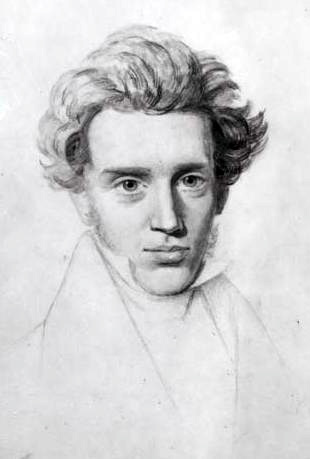Tuesday, June 2, 2009
William Shakespeare's "King Lear"
KING LEAR
“King Lear,” a play written by William Shakespeare is centered around the themes of mistrust and blindness. King Lear, the king of Britain decides to split up his land to his three daughters. His youngest daughter, Cordelia refuses to proclaim her love to him publicly and thus does not receive any dowry. King Lear’s blindness caused him to outcast Cordelia. Shortly after giving nearly all of his power to his other two daughters, they manage to strip him of his remaining noble power. This betrayal from his daughters drives Lear to madness.
While Lear’s family dysfunctions are taking place, there are parallel issues in Gloucester’s (one of Lear’s noblemen). Gloucester has a legitimate son, Edgar, and an illegitimate son, Edmund. Edmund convinces Gloucester that Edgar is attempting to kill him. Gloucester turns on his legitimate son due to his blindness.
Ultimately, both Cordelia and Edgar, the two children who were turned on by their fathers save the very men who turned them away. It was beyond both Lear’s and Gloucester’s ability to grasp the sincerity of their children.
In the end of the drama, nearly all of the characters die. Edgar kills Edmund in a duel right before we learn that Gloucester has died. Lear’s eldest daughter Goneril poisons her sister Regan out of jealousy over Edmund. Cordelia, who had led the French troops in an invasion of England, was executed in prison. After the death of his youngest and most beloved daughter, Lear dies of grief. Shakespeare concludes his play with a depressing tone that leaves the audience with a feeling of remorse and regret. This ending epitomizes the hostility of the world towards humankind.
“King Lear,” a play written by William Shakespeare is centered around the themes of mistrust and blindness. King Lear, the king of Britain decides to split up his land to his three daughters. His youngest daughter, Cordelia refuses to proclaim her love to him publicly and thus does not receive any dowry. King Lear’s blindness caused him to outcast Cordelia. Shortly after giving nearly all of his power to his other two daughters, they manage to strip him of his remaining noble power. This betrayal from his daughters drives Lear to madness.
While Lear’s family dysfunctions are taking place, there are parallel issues in Gloucester’s (one of Lear’s noblemen). Gloucester has a legitimate son, Edgar, and an illegitimate son, Edmund. Edmund convinces Gloucester that Edgar is attempting to kill him. Gloucester turns on his legitimate son due to his blindness.
Ultimately, both Cordelia and Edgar, the two children who were turned on by their fathers save the very men who turned them away. It was beyond both Lear’s and Gloucester’s ability to grasp the sincerity of their children.
In the end of the drama, nearly all of the characters die. Edgar kills Edmund in a duel right before we learn that Gloucester has died. Lear’s eldest daughter Goneril poisons her sister Regan out of jealousy over Edmund. Cordelia, who had led the French troops in an invasion of England, was executed in prison. After the death of his youngest and most beloved daughter, Lear dies of grief. Shakespeare concludes his play with a depressing tone that leaves the audience with a feeling of remorse and regret. This ending epitomizes the hostility of the world towards humankind.
Subscribe to:
Post Comments (Atom)



No comments:
Post a Comment